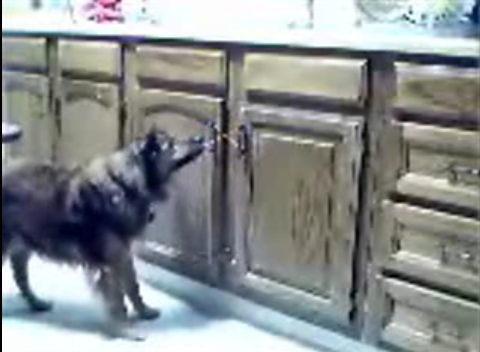In recent months, likely due to the rise of Twitter, potential clients of Adaptive Path have been asking more and more about social media, and how to respond to it. And while we have some definite ideas, one thing I realized is that the field of user experience has been oddly silent about how to engage in social media. If you read the blogs and mailing lists that designers frequent, they rarely address how to consider Twitter, Facebook, blogs, etc., from a user experience point of view.
This surprised me, since the UX community is a remarkably active participant in social media. Since the field began to take off in 1998 or so, blogs and mailing lists have been the single best means of learning about the field and leveling up.
I fear that the user experience field has defined itself by a series of artifacts (flow diagrams, architectures, wireframes) and this has placed a conceptual boundary on the kinds of problems we successfully engage. The user experience of social media is not addressed through wireframes — unless you work for one of these social media providers, your company’s or client’s user experience of social media will be outside of your design control. It’s meaningless to draw a wireframe of a Twitter conversation.
I suspect that in order to embrace this opportunity, user experience types will have to put down Visio and Omnigraffle and find other ways to “deliver”. The most obvious next step is that we’ll need to be more comfortable writing principles and guidelines, akin to Christian Crumlish’s recent piece for the ASIST Bulletin.
But, as designers, the distinct value we can bring is in experiential tangibility, and it leads me to wonder, how, as a field, can user experience folks best engage in the social media dialogue? Because right now, it’s sadly dominated by douchebags who seem to think that social media = a sexy new form of marketing communications.
 But that’s not what I want to discuss. I want to talk about another thing where I’ve also been devoting my time,
But that’s not what I want to discuss. I want to talk about another thing where I’ve also been devoting my time, 